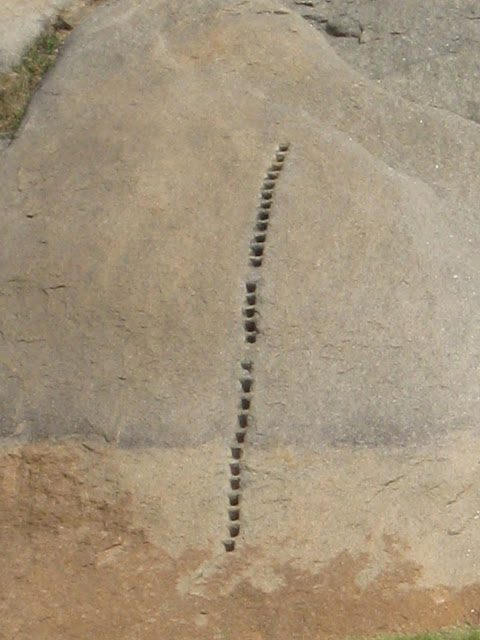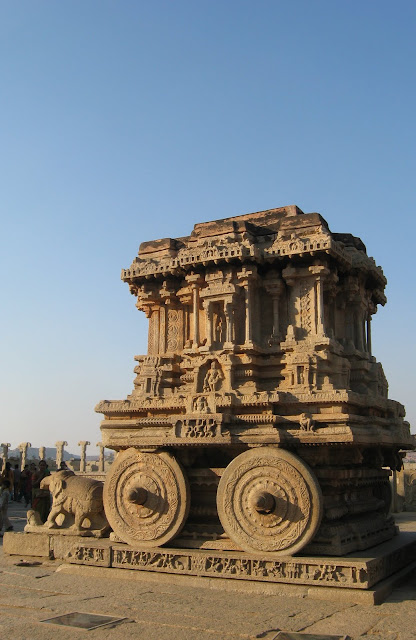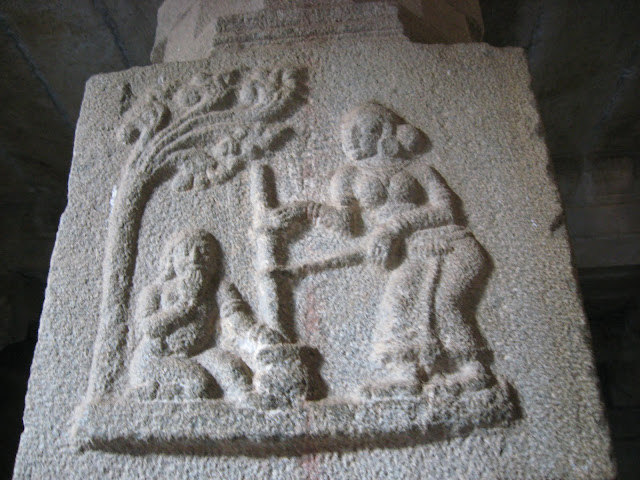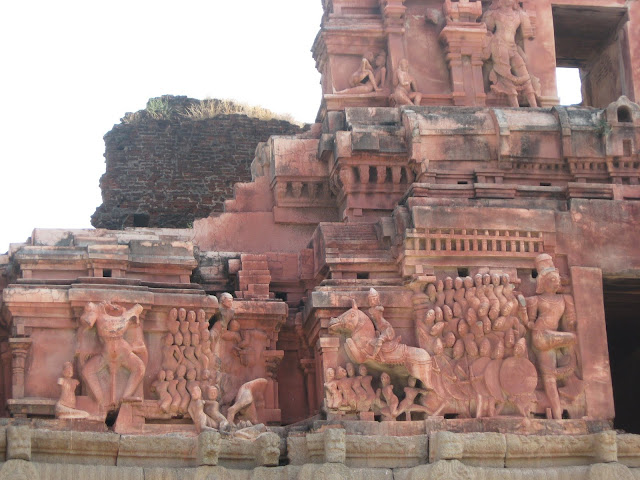The year was 1290 . A crowd had gathered around a clearing, where broken down pillars marked the presence of an ancient temple, now long gone. A young boy, just 14 years old, leaned against one of those pillars, deep in thought. Then, he began speaking, and the crowd fell silent, listening to his every word. He spoke without any notes, translating the Bhagavat Gita, from Sanskrit, which only the pundits knew, to the language everyone in the village knew and spoke – a variety of Prakrit which developed into the Marathi language. Even as he spoke, one of the men in the audience realized how momentous this event was, and how important this composition would be. He began writing down the words the young boy spoke, and this composition was named by its author and composer, the Bhavartha Deepika – the enlightening meaning (of the Bhagavat Gita). Now, the ancient, holy text, was no longer restricted to the pundits, but accessible to all, understood easily by them, composed as it was, in their...
This post was originally published on the Club Mahindra Blog. I am re-posting it here on the request of some of my regular readers.
The first thing that strikes you in Hampi is these huge boulders all over the place. They were everywhere, and we started recognizing the distinctive ones over the two days we spent wandering around, looking at what was left of the erstwhile Vijayanagar Empire. While I listened to our guide and stared at the ruins with awe, all I could think of was the story that these huge boulders could tell, if only they could speak…. But then again, maybe they do speak…
They speak of an age long gone by….
 |
| Path leading to the Vitthala temple, once part of a huge bazaar |
How they came to be there, no one knows for certain. Mythology says they were thrown there by a mischievous god. Science tells us that they are the last remnants of a volcanic eruption…
….
….
 |
| A distinctive set of naturally piled up stones |
No matter how they came to be there, they stand vigil, sole witnesses to the highs and lows of various dynasties who passed by….
They watched over as kings were born, as kings ruled and made their names, some for their valour, some for their wisdom, some for their greed….. Some found a way to tame these huge boulders, some as old as time……..
And they endured, as men found a way to break them up, carve them and use them to build their empire…… They bore the chisels as they worked their way inside, splitting them into smaller pieces, easier to manipulate….
 |
| This is how these rocks were broken - wooden wedges were inserted and then saturated with water, so that they became swollen and eventually broke the stone! |
They still bear the marks…. Even as they stand tall, still bearing the weight thrust on them…
 |
| Marks of the wooden wedges still remain on the stones |
They stand testimony to the kings’ foresight….. As water channels and aqueducts, capable of supplying water even today, five hundred years after they were made…
 |
| Aqueduct at the royal enclosure |
 |
| The mouth (or should i say, spout) of one of the water channels |
They stand testimony to the kings’ understanding of markets…. as huge areas set aside for commerce…
 |
| The bazaar opposite the Krishna temple |
They stand testimony to the kings’ spirituality… in the form of huge temples….
 |
| The Virupaksha temple |
But most of all, they stand testimony to the creativity of the artisans, who created works of art which the world would admire…
 |
| stone chariot at the Vitthala temple |
They talk of Gods…..
And stories about them…
 |
| Stories of Krishna depicted on the pillars of the Vitthala Temple |
They talk about the people who lived among them…..
They tell us about those who fought for their kings….
 |
| Depictions of the Orissa war on the Gopuram of the Krishna temple |
They watched over as one king gave way, or was made to give way, for another…..
They watched as greed and envy ruled over everything else, and all the good work came to naught.
They watched as a bustling city was laid waste…… as it was abandoned…..
 |
| Remnants of palaces in the royal enclosure |
They were the sole witnesses as nature re-claimed the land……. As trees grew over whatever was left …….and poor farmers replaced the rich merchants who once walked along the same path……
And then came those in search of the ancient ruins, and dug up the fields, exposing the stone floors below…. Bringing to light chambers which lay hidden under the earth….
People come from all over to world just to see them, and as I stand amidst them, I can’t help wondering if these huge boulders have a message for us….. Standing tall among all the ruins, are they telling us not to make the same mistakes as those before us? To live a peaceful life without greed or enmity, forgetting petty differences such as religion and languages, to live in peace and harmony, for as humans, our life is short. We will soon pass on, but these huge boulders shall remain witness to our lives too, and what we choose to make of it!
Related articles
- Hampi Part 1 - A Short Visit to Daroji Bear Sanctuary
- Hampi Part 2 - Stones do Speak - A Photo feature
- Hampi Part 3 - A Short History of the Vijayanagara Empire
- Hampi Part 4 - The Virupaksha Temple
- Hampi Part 5 - The Hampi Bazaar
- Hampi Part 6 - Krishna Temple
- Hampi Part 7 - Vitthala Temple
- Hampi Part 8 - Narasimha and Badavalinga
- Hampi Part 9 - Hazara Rama Temple
- Hampi Part 10 - The Royal Enclosure
- Hampi Part 11 - Zenana Enclosure and Elephant Stables







thanks a lot have picked up a lot of your clicked pics for my sons project .
ReplyDeleteGlad to have been of help!
ReplyDeleteHampi beckons! :)
ReplyDeleteThanks, Burnt Map! its a beautiful place!
Delete